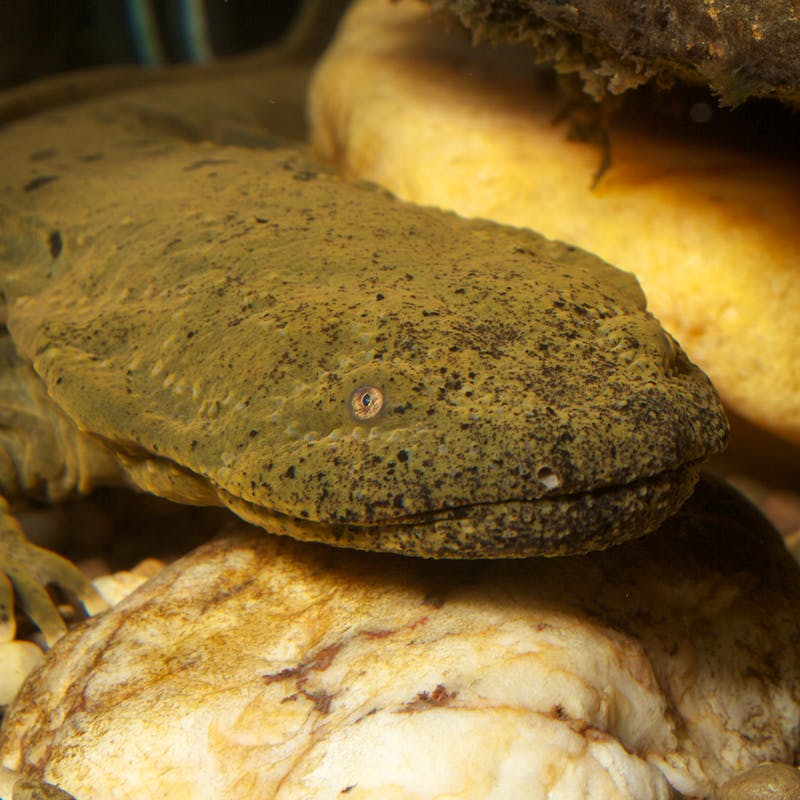This blog was written by Southeast summer intern, Helen Morris.
We can all think of a threatened animal we’d love to save from extinction. But why is it so hard to conserve these species? Interning with Defenders of Wildlife this summer gave me the opportunity to begin to understand the intricacies of conservation work. For instance, this experience showed me we often think of big wins, such as reintroducing a species back into the wild or designating a new national wildlife refuge as “the win.” In reality, however, conservation wins or achievements are often incremental and take an incredible amount of effort including organizing, planning and good old fashion elbow grease.
I underestimated the effort needed to inform and coordinate projects across the conservation sphere. This includes everything from researching and writing internal memos to compiling grant reports to share our progress with donors. Managing these projects also entails communicating our goals and activities to the public, because without their support, our work can’t happen.
A more commonly known part of conservation, and a favorite for scientists and interns alike, is getting boots on the ground — or perhaps in the stream — and participating in fieldwork. It’s a valuable experience to be out in an imperiled species’ natural habitat, experiencing firsthand the life forms and ecosystems you’re working to preserve. Fieldwork can take many unexpected forms from surveying for hellbenders, to setting out acoustic recording units (ARU’s) for bats to monitoring bog turtle populations around western North Carolina. Irrespective of the work, one refrain holds true: there’s a lot of steps to success.
Snorkeling for Hellbenders
For hellbender surveying, the first step is to don robust wetsuits (7 millimeters, the thickest they come!), scuba booties, a wetsuit hood and a snorkel mask. This equipment serves to protect surveyors, myself included, from the cold as we spend two or three hours face down in a chilly mountain stream. We crawled and scurried our way upstream, carefully looking under every rock on the streambed bigger than a baseball — or about 3 inches wide — to check if a hellbender was lurking underneath.
The harsh truth? It’s very difficult to find hellbenders, especially in areas they are only thought to live. In the five surveys in which I participated, we only found two hellbenders. Despite the lack of hellbenders, these Appalachian streambeds are far from barren: I saw legions of crayfish, brown trout, other species of salamanders and creepy-crawly aquatic invertebrates as I snorkeled through this underwater world.
Bat Acoustics
Going from streams to forests, I helped a National Parks Conservation Association scientist collect and redeploy ARU’s collecting acoustic data to understand which species of bats are present in a priority conservation area. ARU retrieval and redeployment involved hiking national forest land, detaching the ARU’s from trees, replacing their memory cards and reconfiguring their settings, and re-securing them to the trees. This experience gave me the additional benefit of bonding with a partner colleague over our shared interests within the conservation field, which further showed me how passionate, dedicated and smart the people in this field are.
Mucking Around for Bog Turtles
Lastly, I split the difference between wet and dry land to look for bog turtles in swampy, squelchy mountain bogs. There are only about 500 acres of this habitat — characterized by murky standing water and deep, oxygen- and nutrient-poor mud — remaining in North Carolina. The habitat, and bog turtle populations that call it home, are increasingly threatened by habitat destruction.
The process of finding and monitoring these little turtles is far from glamorous. We waded through the mud and plunged our hands into muck to feel around for turtles. The thrill of finding a turtle is unparalleled. My arm was elbow deep in a muddy hole when my fingers grazed a hard, round object. I grabbed onto the turtle’s shell and carefully pried it away from the tree roots it was stubbornly holding onto.
This bog turtle hadn’t been tagged yet. One partner biologist with me stretched the turtle’s hind leg, disinfected the soft flesh near the opening of the shell, injected a PIT tag and superglued — yes, they assured me it was safe for the turtle — the wound shut. Tagging helps scientists track a turtle’s age, measurements and location of origin, which is all useful information in tracking population health and discouraging the illegal poaching as a stolen turtle origination can be documented.
Takeaways
One takeaway from the summer is that every little bit helps. Because of my small contributions, there’s more population data on hellbenders, bats and bog turtles, and our relationships with partners were strengthened. That's progress! I also learned this progress is incremental and slow.
For every major policy win or species conserved, hours are spent on grunt work behind the scenes. That’s hours of research, years of relationship-building with organizational partners and thousands of rocks flipped over searching for salamanders. Though without this diligent work, there would be no progress at all. So, my big takeaway this summer is that progress toward protection and recovery of species requires perseverance.












Follow Defenders of Wildlife
facebook bluesky twitter instagram youtube tiktok threads linkedin